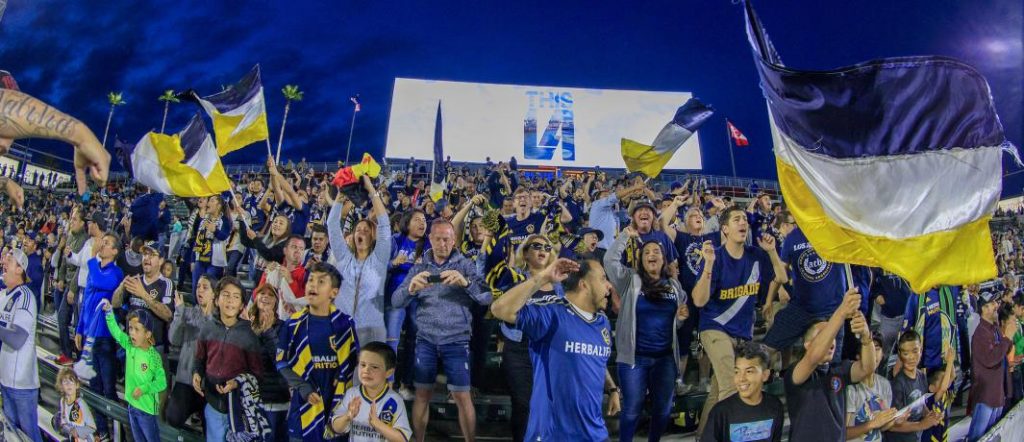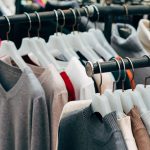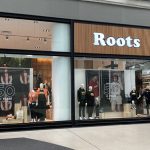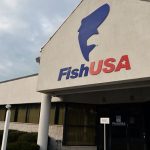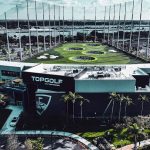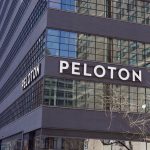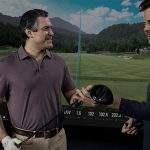Major League Soccer or National Hockey League teams perform highest in 10 of the 11 markets included in the just-released J.D. Power 2017 Fan Experience Study, while an NFL team scores lowest in every market.
The study measures fan satisfaction with their overall experience at major pro sporting events. In last year’s inaugural study, only teams in the nation’s four largest markets—New York, Los Angeles, Chicago and Houston—were evaluated. This year, Bay Area, Boston, Dallas/Fort Worth, Denver, Philadelphia, South Florida and Washington, D.C. have been added, while Los Angeles has been expanded to include all of Southern California.
Fan satisfaction is evaluated across seven factors (in order of importance): seating area and game experience; security and ushers; leaving the game; arriving at the game; food and beverage; ticket purchase; and souvenirs and merchandise. Satisfaction is measured on a 1,000-point scale. Additional factors that are measured but not included in the official ranking are loyalty and future intentions; team performance (on-field); and team image.
The Houston Dynamo, Los Angeles Galaxy, New England Revolution, New York Red Bulls and Philadelphia Union score highest in their respective markets, while the Chicago Fire, FC Dallas and San Jose Earthquakes score second highest. The only MLS teams that buck the trend of rabid fan satisfaction are the Colorado Rapids and New York City Football Club (third) and DC United (fourth).
Study findings show that an NFL team performs at the bottom in every market. Chicago Bears, Dallas Cowboys, Denver Broncos, Houston Texans, Los Angeles Rams, Miami Dolphins, New England Patriots, New York Jets, Oakland Raiders, Philadelphia Eagles and Washington Redskins score lowest in fan satisfaction in each market.
“We know franchises and clubs with winning records generally do not have problems filling seats, but this study is about finding out which teams are giving their fans the best experience for their dollar,” said Greg Truex, Senior Director, Sports Research at J.D. Power. “Whether a team is a perennial champion, a contender or is accumulating draft picks to build for the future, they all need to find ways to get people through the turnstiles. The teams at the top of their markets understand what it takes to keep fans coming back for more, as well as recommending the experience to friends and family, regardless of the standings.
“Top performers in this study show that they really understand what it’s like to give a world-class experience to their fans,” Truex said. “These results have to make NFL teams sit up and take notice—particularly when coupled with their sagging TV ratings. The league needs to learn what is influencing their low scores and how they can be improved so that pro football is able to retain its overwhelming popularity.”
The study also examines potential causes for the recent ratings declines in football viewership and finds encouraging trends for the NFL. More than a quarter of the respondents (27 percent) say they actually watched more football this year, vs. the previous season, and 62 percent say their viewership stayed the same. Just 12 percent say they watched less NFL games than in the past.
Among the 12 percent who watch less, 26 percent of them say national anthem protests are to blame, however those respondents reflect only 3 percent of the full, nationwide sample. Other reasons given are off-field problems with domestic violence (24 percent), game delays (24 percent), excessive commercials (20 percent), and Presidential election coverage (16 percent).
Finally, the study analyzes the affect beverage sponsors have on fans and whether fans can correctly identify the official beverage sponsors at the stadiums they attended. For multi-team sponsors, Coca-Cola has the highest awareness rate, with 33 percent of the surveyed fan base being aware that this brand is a team sponsor. Further findings show that 64 percent of these fans drank the beverage within the past 3 months and 39 percent drank it weekly.
For single-team sponsors: Minute Maid (Houston) has the highest awareness rate, with 66 percent of the surveyed fan base being aware that this brand is a team sponsor. Further findings show that 32 percent of these fans drank the beverage within the past 3 months and 25 percent drank it weekly.
For more information on Key Findings by Market, look for additional analysis in the Thursday issue of SGB Executive or go to SGBonline.com
Photo courtesy LA Galaxy

